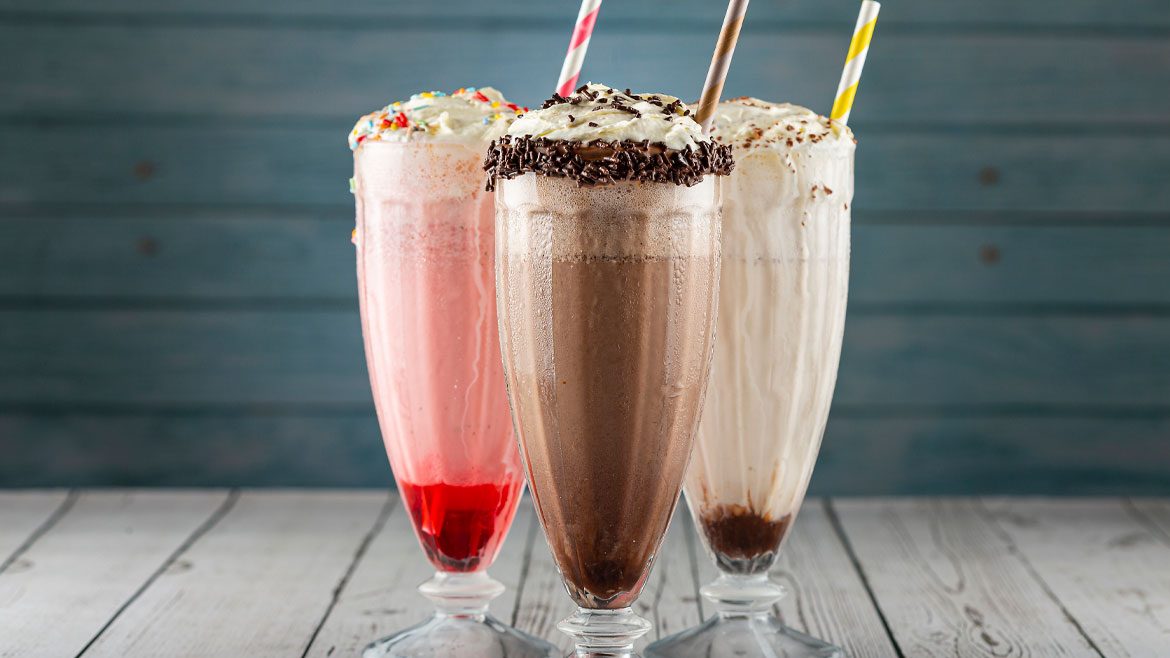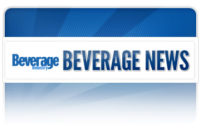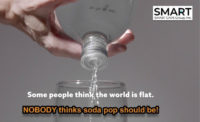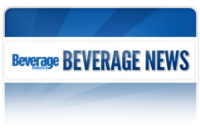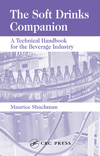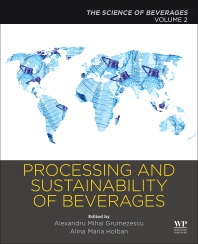Trap and condensate optimization saves water and energy for West Coast brewery
As the MillerCoors 2009 Sustainability Development Report
states:
“The Irwindale, California MillerCoors Brewery is certainly doing its part to ensure their resources are sustainable long into the future by driving reductions in the amount of water they use, the amount of energy they consume and the amount of waste they generate. MillerCoors produces more than 70 million barrels of beer annually and the Irwindale Brewery has the capacity to produce 7 million of those barrels. The Irwindale Brewery produces and distributes cans, bottles, and kegs of beer to multiple states as well as export markets.”
In the process of making beer, the Irwindale Brewery uses steam to water plates & frame heat exchangers to heat water. A condensate recovery system collects condensate from the exchangers and sends it to a pressurized receiver on the floor below where it is emptied by four pressure-powered pumps. Prior to this effort, the brewery had 155 steam traps, about a third of which were orifice devices and working steam flow meters.
MillerCoors Irwindale Brewery joined forces with Spirax-Sarco, Inc. to perform a detailed review of current systems in an effort to identify any opportunities to improve the efficiency of water and energy usage.
A water-intensive process
Spirax Sarco provided recommendations on improving MillerCoors condensate recovery by about 70% to 85% therefore, reducing make-up water consumption. Spirax Sarco collaborated with representatives of Southern California Gas Company, who provided guidance for business incentive qualifications applied to conservation initiatives. While staying within MillerCoors budget, the team was committed to ensuring Spirax Sarco met MillerCoors expectations at each step of the project while still meeting the goal of water saving.
Reducing water consumption also reduces energy consumption Spirax Sarco and SoCalGas representatives performed a steam trap system survey and a condensate return system assessment. The trap survey uncovered condensate losses due to incorrect applications of orifice style steam traps, in addition to traps that had failed opened. The condensate return system assessment revealed that the pressurized receiver was designed for electric pumps, while the system was using non-electric pressure powered pumps. Condensate removal was not optimal, resulting in flooding and maintenance problems with the relatively new heat exchangers. Also suspected was dumping of condensate to attain required temperature, which only made the water consumption problems worse.
A carefully reasoned approach
One aspect of the Spirax Sarco proposed optimization strategy centered on obtaining energy savings by repairing failed-open traps. This strategy qualified for SoCalGas rebates that helped to fund a portion of the project. Also helpful was the Spirax Sarco team’s economic modeling demonstrating total water savings which became available by eliminating orifice and other traps that often plug and fail closed. The Spirax Sarco team proposed the installation of 61 universal traps to replace 45 orifice traps and 16 failed traps in the system for improving condensate recovery.
Another aspect of the strategy was the team’s recommendation that MillerCoors replace the steam traps off each of the five heat exchangers with our automatic pump trap skids and replacing the pressurized collection receiver with our fabricated collection receiver and 5 pressure powered pumps. The proposal was presented as a turn-key project including installation and project management. The Spirax Sarco team had to commit to finishing all proposed work in less than one month from receipt of the MillerCoors purchase order, which required coordination with the brewery’s heavy production schedule. The team agreed and was awarded the job.
The benefits of correct steam loop engineering
With the project completed on time and within budget, the brewery met its water and energy savings target in the packaging building. The results showed attainment of the 85% condensate recovery goal, with an annual savings of 5,369,274 gallons of water and 305,894 therms. As a result, the team experienced a faster equipment heatup time, improved packaging capacity and throughput.
The MillerCoors project was an example of expert assessment, strategy development, and rapid installation along with good service in overcoming constraints.
“The Irwindale, California MillerCoors Brewery is certainly doing its part to ensure their resources are sustainable long into the future by driving reductions in the amount of water they use, the amount of energy they consume and the amount of waste they generate. MillerCoors produces more than 70 million barrels of beer annually and the Irwindale Brewery has the capacity to produce 7 million of those barrels. The Irwindale Brewery produces and distributes cans, bottles, and kegs of beer to multiple states as well as export markets.”
In the process of making beer, the Irwindale Brewery uses steam to water plates & frame heat exchangers to heat water. A condensate recovery system collects condensate from the exchangers and sends it to a pressurized receiver on the floor below where it is emptied by four pressure-powered pumps. Prior to this effort, the brewery had 155 steam traps, about a third of which were orifice devices and working steam flow meters.
MillerCoors Irwindale Brewery joined forces with Spirax-Sarco, Inc. to perform a detailed review of current systems in an effort to identify any opportunities to improve the efficiency of water and energy usage.
A water-intensive process
Spirax Sarco provided recommendations on improving MillerCoors condensate recovery by about 70% to 85% therefore, reducing make-up water consumption. Spirax Sarco collaborated with representatives of Southern California Gas Company, who provided guidance for business incentive qualifications applied to conservation initiatives. While staying within MillerCoors budget, the team was committed to ensuring Spirax Sarco met MillerCoors expectations at each step of the project while still meeting the goal of water saving.
Reducing water consumption also reduces energy consumption Spirax Sarco and SoCalGas representatives performed a steam trap system survey and a condensate return system assessment. The trap survey uncovered condensate losses due to incorrect applications of orifice style steam traps, in addition to traps that had failed opened. The condensate return system assessment revealed that the pressurized receiver was designed for electric pumps, while the system was using non-electric pressure powered pumps. Condensate removal was not optimal, resulting in flooding and maintenance problems with the relatively new heat exchangers. Also suspected was dumping of condensate to attain required temperature, which only made the water consumption problems worse.
A carefully reasoned approach
One aspect of the Spirax Sarco proposed optimization strategy centered on obtaining energy savings by repairing failed-open traps. This strategy qualified for SoCalGas rebates that helped to fund a portion of the project. Also helpful was the Spirax Sarco team’s economic modeling demonstrating total water savings which became available by eliminating orifice and other traps that often plug and fail closed. The Spirax Sarco team proposed the installation of 61 universal traps to replace 45 orifice traps and 16 failed traps in the system for improving condensate recovery.
Another aspect of the strategy was the team’s recommendation that MillerCoors replace the steam traps off each of the five heat exchangers with our automatic pump trap skids and replacing the pressurized collection receiver with our fabricated collection receiver and 5 pressure powered pumps. The proposal was presented as a turn-key project including installation and project management. The Spirax Sarco team had to commit to finishing all proposed work in less than one month from receipt of the MillerCoors purchase order, which required coordination with the brewery’s heavy production schedule. The team agreed and was awarded the job.
The benefits of correct steam loop engineering
With the project completed on time and within budget, the brewery met its water and energy savings target in the packaging building. The results showed attainment of the 85% condensate recovery goal, with an annual savings of 5,369,274 gallons of water and 305,894 therms. As a result, the team experienced a faster equipment heatup time, improved packaging capacity and throughput.
The MillerCoors project was an example of expert assessment, strategy development, and rapid installation along with good service in overcoming constraints.
Looking for a reprint of this article?
From high-res PDFs to custom plaques, order your copy today!
